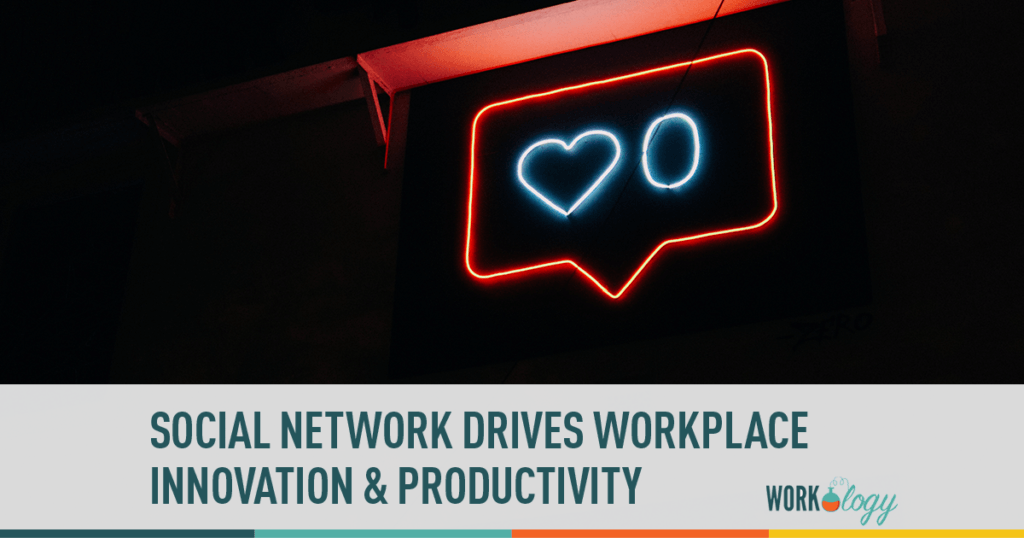Corporate Social Media as Collaboration Alternative
Companies face a problem in developing and implementing a plan to encourage knowledge sharing within the organization. Email is a one-way communication medium and a wasteful way to cooperate that has been around for 50 years. Executives have approved millions of dollars in shareholder money for digital people, procedures, and infrastructure, but many are still waiting for the return on investment. Companies are considering internal social networks and corporate social media as providing the answer the employee productivity and performance puzzle. One of the most powerful ways a company can improve performance is to expose the creative talent in the organization and engage all employees in problem solving. MECE (pronounced “meesee”), mutually exclusive and collectively exhaustive, is a framework used by management consulting firms in organizing information and mapping business process. The MECE principle can also be applied to workplace social networks and online collaboration-
- Mutually exclusive– (“no overlaps”) is about critical thinking; allowing information to flow freely, organizing it, synthesizing it and quickly eliminate redundancies. Workplace social networks enable you to collect information from all over the organization, and identify and leverage the “right talent” to get the job done.
- Collectively exhaustive– (“no gaps”) is about creative thinking, innovative thinking; being inclusive and considering all possibilities. Workplace social networks foster crowd sourcing and creative problem solving; employees are engaged in their work, and seek ways to connect with others who share their passion and push each other to find the bet solution.
Workplace Social Networks Share Knowledge Best Practices
A recent WSJ article, “Social Networking Heads to the Office”, highlighted how companies are leveraging social networks to share knowledge/best practices and increase productivity by making it easier to find the right person and track activities. Organizations are leveraging internal networks to unleash a new theology of solving problems, executing with agility and creating an innovative culture. Is your company grappling with how to manage the flood of information and enable dispersed workers to collaborate?
SPECIAL THANKS to my niece, Carolyn Crosby, a Babson College senior- who exposed me to MECE concepts, expanded my thinking and took time out of our Easter weekend to collaborate with me on this post.
Lisa Bonner is the Assistant Vice President of Contemporary Work Practices at The Hartford. She is the proud mother of very active 14 year-old twin boys and resides in Suffield, Connecticut. Connect with her on LinkedIn. The opinions expressed are personal and not related to The Hartford.










4 Comments
Well said Lisa. I agree completely. In fact, I would take it one step further and ask you to consider this; What if you could extend corporate social networks to your candidate pool for talent acquisition? How much value could be created in managing candidate pipelines in a company owned talent network?
Great idea Sean! We currently leverage our network to “crowd source for a project or an idea” but our longer term goal is to use the the tool’s functionality to “find the right talent” and leverage internal mobility.
I’ll reach out to learn more about Talent Circles. Thanks for commenting- Lisa
Wow, the idea of using social collaboration to innovate is really a hot topic. I was just reading an article yesterday that touched on a similar idea (http://www.forbes.com/sites/gyro/2012/04/05/how-to-be-consistently-creative/). It’s not just about the tools, it’s about the process of getting people involved, how to trigger creative thought. I had not heard of MECE before. Thank you for sharing an explaining it here. 🙂
Thanks for your feedback Jenn! I will check out the article in Forbes.
Best,
Lisa
Comments are closed.